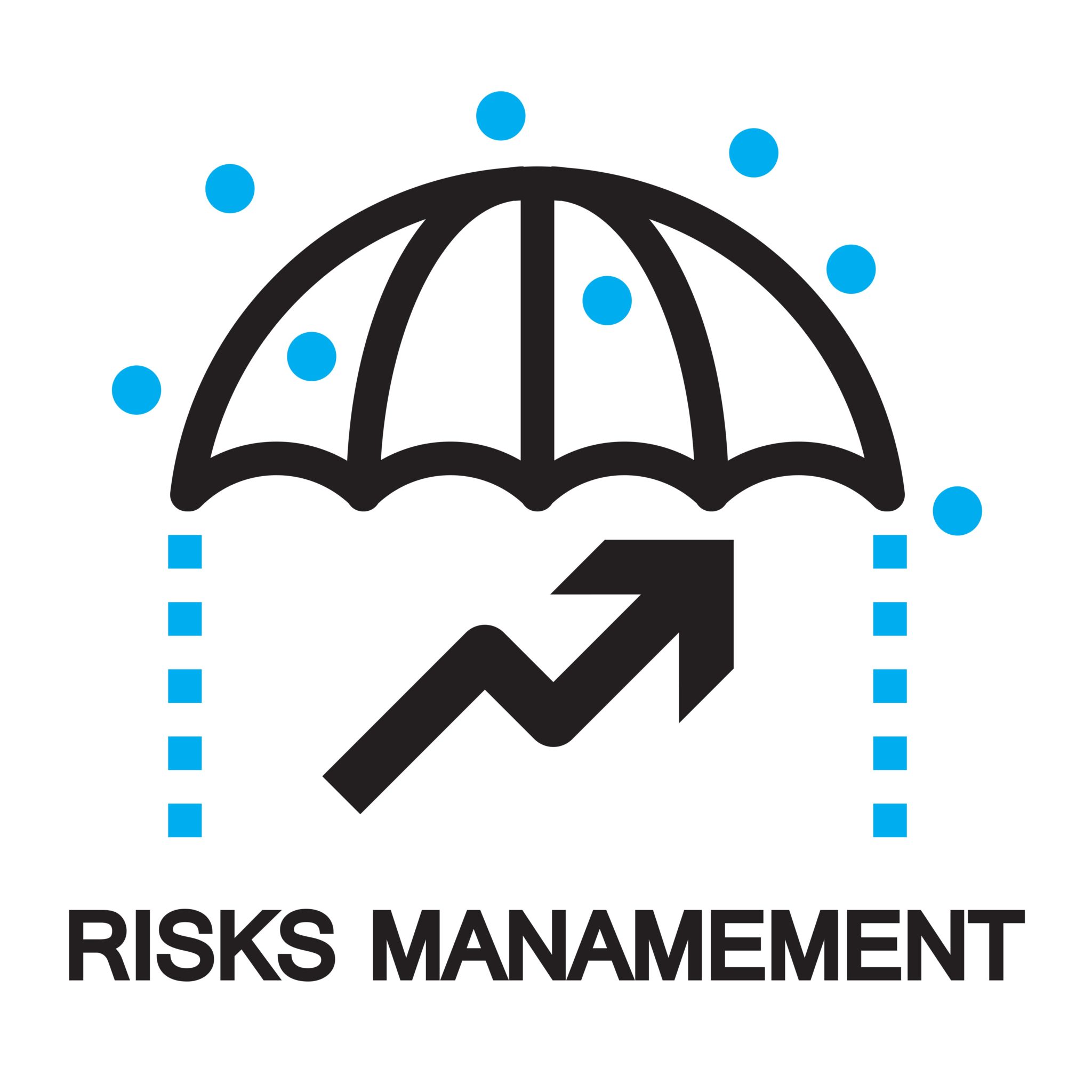 Successful organizations are almost always led by executives who implement cohesive plans to mitigate possible risk, regardless of how bad or unlikely it may be. Enterprise risk management, also known as ERM, can be defined as the process of directing certain actions that reduce or alleviate problems that can put a company’s capital or earnings at risk – such as supply chain disruptions, weather events, political unrest, financial market swings, and other events.
Successful organizations are almost always led by executives who implement cohesive plans to mitigate possible risk, regardless of how bad or unlikely it may be. Enterprise risk management, also known as ERM, can be defined as the process of directing certain actions that reduce or alleviate problems that can put a company’s capital or earnings at risk – such as supply chain disruptions, weather events, political unrest, financial market swings, and other events.
Despite being a good practice, implementing ERM into your management structure still doesn’t guarantee that you are covered in many situations. One I’d like to discuss in particular is the risk of valuable knowledge departing when a worker leaves your team or organization. Losing a valuable asset in the form of a knowledgeable, skilled employee can severely affect your company if you have not taken measures to retain their expertise. In this article, I will briefly discuss the definition of enterprise risk management, analyze its components, and discuss the solution for an overlooked weakness of ERM.
This Article Covers
Enterprise Risk Management
As I mentioned before, enterprise risk management is the set of actions you take to mitigate any possible threats or problems in a large organization. It’s a type of risk management approach that uses talent management to address human capital and strategic planning to analyze the business landscape in order to make the right staffing decisions.
Risk Management
Risk management refers to the anticipation of possible threats that may affect an organization in one way or another. In addition to this, risk management also includes the steps taken to mitigate these negative events.
Talent Management
Talent management is the process of predicting and attaining the human capital an organization will need to meet their goals. This centers around recruiting, retaining, cultivating and rewarding all human elements within an organization in order to guarantee enough skilled employees for optimal operation.
Strategic Planning
As the name indicates, to use strategic planning is to define and carry out an action plan based on setting realistic goals and achieving them in the most cost-effective way, without compromising quality.
The Downside of ERM
Although the elements behind ERM offer a solid, all-around solution, there is still a key aspect that it does not cover, one that can severely disrupt an organization’s ability to implement its strategy.
Enterprise risk management has been widely used since the 1960s, but it has always had one fatal flaw that left organizations vulnerable, and that is talent risk management. Not to be confused with talent management, talent risk management is the process of assessing your technical capacity, aligning your organization around the right priorities, and taking actions to reduce the people risks that most threaten your organization.
Keep in mind that talent risk management focuses on a timeframe of three-to-thirty-six months. By harnessing the power of detailed, targeted data, talent risk management can spot gaps in the makeup and readiness of your team. Implementing talent risk management effectively can help ensure that you have the right amount of technical expertise in the right place at the right time to stay competitive within your industry.
Implementing Talent Risk Management
Because enterprise risk management is already a widely accepted practice, you can often find common checklists that contain a line item that says something like this:
Establish Necessary Skills and Staff Requirements – this is where you need to pinpoint the number of employees you will need and the minimum skills they require to maintain high levels of functionality.
It’s obvious that everyone would agree with this statement, but when you ask “how exactly are we going to find out the specific employees and what skills they have?”, it seems to hit a brick wall. Not only this, but if you throw in terms like “technical” and “specialized” into the equation, you make it infinitely harder to know where your “secret sauce” lies within the organization.
Talent risk management provides an effective solution to cover this shortcoming of ERM. Because ERM centers around traditional assets and concise numbers, it tends not to gather sufficiently detailed data of the actual people and specific skills required to staff the strategy Implementing talent risk management solutions can pinpoint skills gaps and drive the methodical transfer of unique knowledge. This results in a more cohesive, holistic approach that ensures optimal functionality across all departments (locally or globally), regardless of the loss or gain of new talent.
Enterprise risk management is the responsibility of C-suite executives, but only some business leaders have started to identify the importance of knowledge and human capital. Moreover, many investors and financial analysts are paying a lot of attention to an organization’s talent base as it can constitute a significant portion of a company’s total value.
Considering this, it’s easy to see why talent risk management provides a reliable discipline that will add value to your organization and safeguard important aspects of its operations. By including talent risk management in your ERM practices, you can mitigate possible risks that come in the form of team members that leave your organization as well as more traditional threats.
Finally…
Talent risk management offers a solid solution that helps anticipate possible threats that ERM does not cover. When used in unison, these business practices help protect your organization and retain its “secret sauce.”
